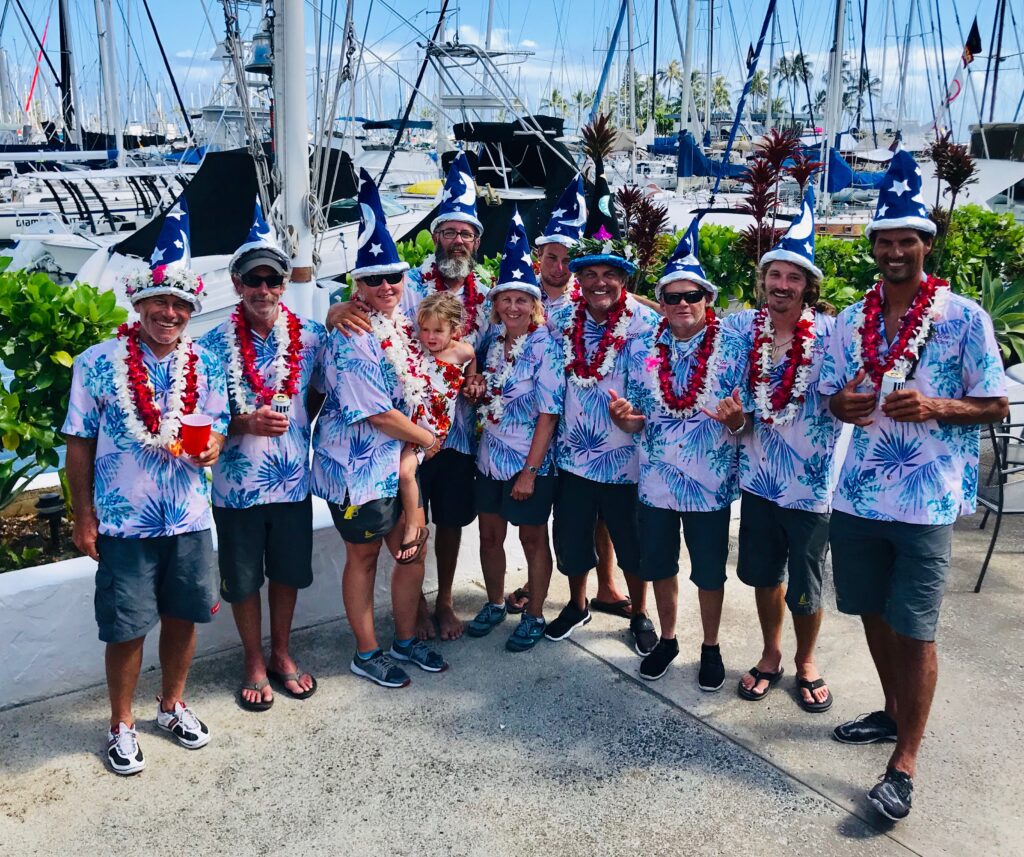
Hawaii is paradise. The Aloha State deserves its reputation as exotic, fun loving, and a place to reflect about life—as you can tell from the picture above with my friend following the finish of the 2019 Transpac Race. So, it is fitting that insurers who wrongfully breach the peace of mind which insurance is supposed to protect are subject to emotional distress damages in Hawaii.
I noted that Hawaii recognizes a bad faith cause of action in Hawaii Requires Insurers to Act in Good Faith and Bad Faith Insurers Can Be Held Accountable For Wrongful Conduct. Miller v. Hartford Life Insurance Company,1 established that Hawaii also recognizes that policyholders who have been treated wrongfully by their insurers may demand emotional distress damages without any other economic or physical damage:
[W]hen Best Place recognized the tort of bad faith in the first-party insurance context, it intended to provide the insured with a vehicle for compensation for all damages incurred as a result of the insurer’s misconduct, including damages for emotional distress. We made a clear distinction between contractual remedies for failure to perform contractual obligations, and the tort remedy of bad faith for breach of the implied covenant of good faith and fair dealing, whether the insurer ultimately pays the claim or not. Our rationale for recognizing the tort of bad faith with its potential liability for all damages incurred as a result of the insurer’s misconduct, including emotional distress damages, was two-fold: (1) bad faith conduct by an insurer damages the very protection or security which the insured sought to gain by buying insurance…and (2) in the absence of the threat of a bad faith action, insurers would have little incentive to promptly pay benefits owing to their insured as they would stand to lose very little by delaying payment if the insured was limited to contractual remedies…Significantly, there is no language in Best Place that would indicate that this court intended to place a threshold requirement of economic or physical loss caused by bad faith for recovery of emotional distress damages incurred as a result of an insurer’s bad faith conduct. Best Place recognized that a bad faith claim by an insured stems from the manner in which an insured’s claim was handled, rather than from a determination of whether the insured had suffered an economic or physical loss. While we have not previously directly addressed the specific issue of whether to adopt an economic or physical loss threshold rule, our subsequent case law following Best Place reveals that we have, consistent with Best Place, refrained from imposing such a threshold when presented with a claim for bad faith.
…our …case law evidence an intent to provide the insured with a vehicle for compensation for all damages incurred as a result of the insurer’s misconduct, including damages for emotional distress, without imposing a threshold requirement of economic or physical loss.
Insurers sell insurance and policyholders buy peace of mind that in the event a loss occurs, the insurance company will treat them in the utmost of good faith. The case law in Hawaii simply makes insurers accountable for failing this relationship and primary purpose of the product they market.
Thought For The Day
There is a wonderful mythical law of nature that the three things we crave most in life — happiness, freedom, and peace of mind — are always attained by giving them to someone else.
—Peyton C. March
_________________________________________________
1 Miller v. Hartford Life Ins. Co., 126 Hawai’i 165, 176, 268 P.3d 418, 429 (Hawai’i, 2011).



